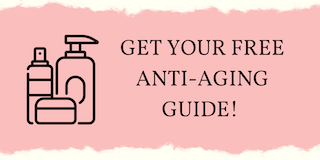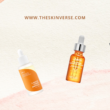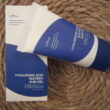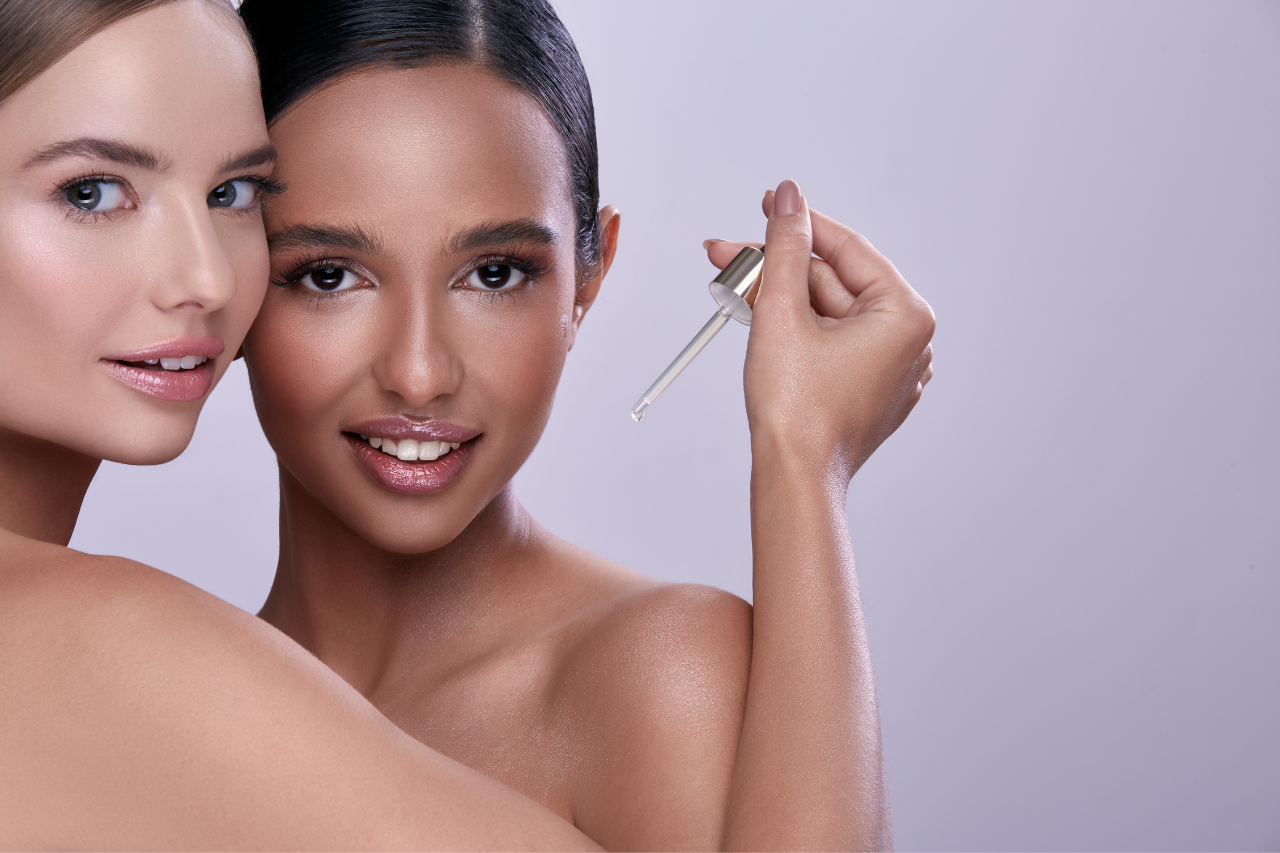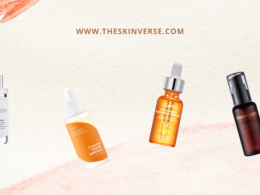Layering serums on skin is perhaps the most important part of your daily skincare routine and rightfully so. After all, we all aim to provide our skin with hydration, an anti-aging boost, and that healthy glow.
The obsession with serums isn’t just a trend, and it is not going anywhere. For many years, face serums (or essences) have been a part of the skincare routine in Asian countries, and it is your time to learn how to layer serums for best skin results.
First off, why should you layer serums on skin?
You might be thinking to yourself: I already use many products on my skin, is it absolutely necessary for me to apply serums on my face too? The answer is, YES, ABSOLUTELY!
Skin serums contain powerful ingredients that help you with specific skin concerns. For example, if you are struggling with acne, a niacinamide serum will work best for you. If you are dealing with hyperpigmentation, vitamin C serum is a must for you, and so on.
While cleansing, toning, and moisturizing are the fundamentals of a solid skincare routine, serums are the ultimate addition that will boost their work. Think of them as an entree of your dinner, nobody wants to skip that, am I right?
What is the right way of layering serums on skin? – Ground rules
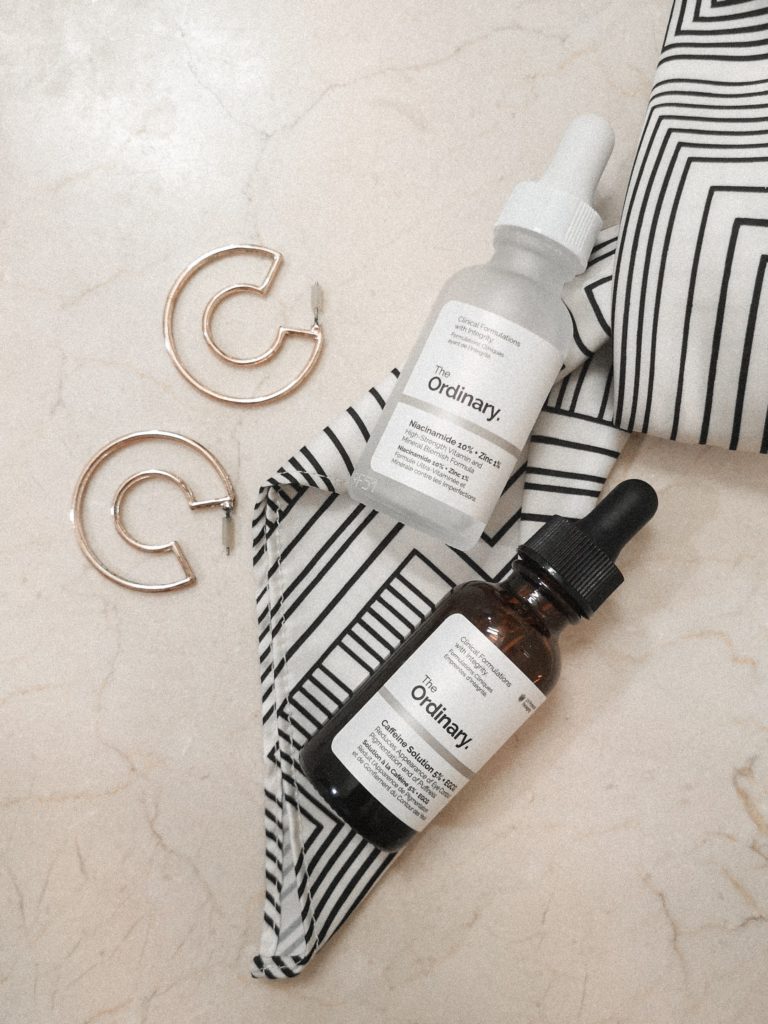
How to layer serums that work? First of all, serums come in different formulas, such as water-based, oil, lotion-like. They also have different consistencies, ranging from light-textured serums to thicker ones. As a rule of thumb, remember to start layering with light serums. Then, you can work your way up to thicker products, ending with a moisturizer, for example.
What’s important to know is not to use too many serums on your skin, in this sense, when it comes to serums, less can be more. This doesn’t mean you should use only one serum, just don’t think that layering more serums will get you better results. The goal is to find serums that work towards your skin concerns.
Rule Number 1: Apply serums first
Layer serums after cleansing and exfoliating, (which should be done 2 times a week max, with a chemical exfoliant preferably) before putting on the moisturizer. NEVER use serums after moisturizing, as they won’t ever be absorbed.
Rule Number 2: Light serums first, heavy serums last
Applying one serum at a time is key here. Layer light serums first since they are quickly absorbed by the skin. Water-based serums (light serums) like hyaluronic acid, vitamin C for example should be layered first.
Oil-based serums (heavier serums) should go last since they need to seal in the moisture. Oil-based serums will include names like argan oil, rosehip oil, and many others – basically, any serum with the word oil in it.
Rule Number 3: Allow your serums to be absorbed
After applying your light serum, wait for a minute or so to allow the product to soak in. Otherwise, you might experience some pilling – tiny flakes appearing on your skin. So, don’t be that impatient person and let serums get in completely.
Rule number 4: Always use a moisturizer after serums
So, you have applied the light serum and the thicker serum. Now is the time to lock the serums with a moisturizer. Depending on your skin type, you should use a good moisturizer that will help you achieve that.
Read: Choosing The Right Moisturizer For Your Skin
How many serums can you layer on skin at the same time?
While Koreans stick to a routine that uses 12 products at the same time, I think it shouldn’t be a rule for the rest of us out there. When it comes to layering serums on the skin, two is the magic number per skincare routine.
Of course, you can use three serums if you feel like they aim for specific skin concerns altogether. However, be mindful of how you layer it, so you won’t experience skin pilling.
Again, quantity doesn’t equal quality in terms of layering serums on skin. You can also opt for multitasking serums that address several skin concerns at the same time.
How to choose the right serums to layer on skin
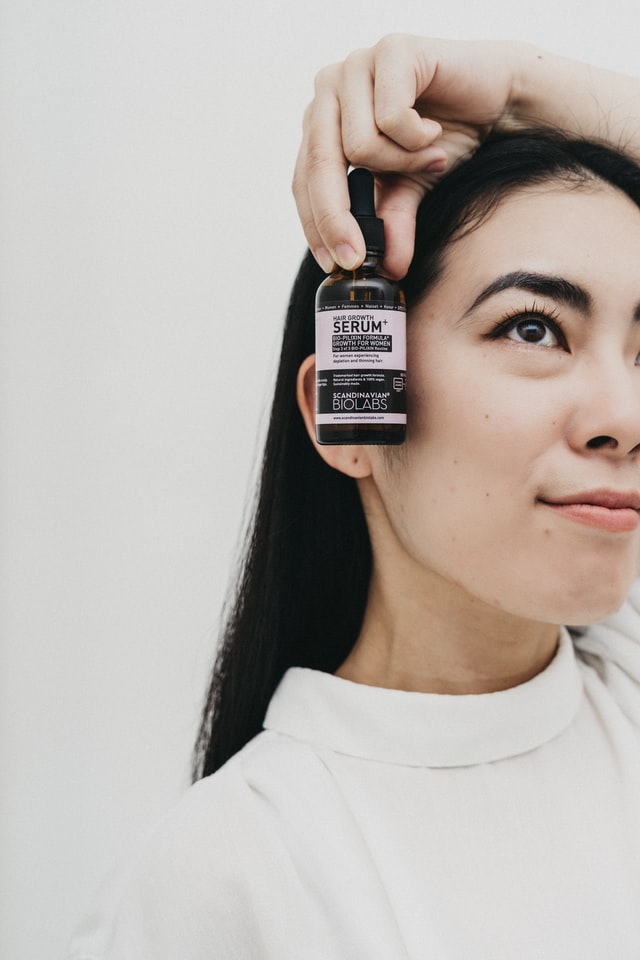
With a large variety of serums in the skincare market, it can be tricky to choose one. There is a serum for literally every skin concern. What you should consider before layering serums on skin is your own skin concerns. Do you have dry skin and need hydration? Look for hydrating serums with key ingredients like hyaluronic acid, squalene, essential fatty acids, ceramides, and niacinamide. Here is a quick recap:
If you have sensitive, redness-prone skin: Skin calming serums
Look for calming serums with ingredients like aloe vera, Centella Asiatica, chamomile extract, colloidal oatmeal, green tea, and calendula extract.
If you have aging skin: Anti-aging serums
Retinol serums would be your best bet here. Use serums that are packed with peptides, antioxidants that will give you an anti-aging boost.
If you have hyperpigmentation: Skin brightening serums
These serums will accelerate skin cell turnover and improve skin tone as a result. Look for key ingredients such as Vitamin C, licorice extract, arbutin, Alpha Hydroxy Acids(AHAs).
If your skin has lost firmness: Collagen boosting serums
It is no secret that collagen is important for skin elasticity. So, incorporating agents like peptides that help improve elasticity would work wonders. Many collagen-boosting serums will also have agents like vitamin E, allantoin, amino acids.
If you have oily skin: Oil-control serums
It is important to give oily skin enough hydration so it won’t produce too much oil to compensate for the lost moisture. This is one of the common misconceptions about dealing with oily skin. You need to choose serum for oily skin with active ingredients like hyaluronic acid, glycerin, niacinamide. To help your skin control oil production, look for salicylic acid, lactic acid, and Vitamin C.
Naturally, serums that benefit your skin’s more than one concern are ideal. For example, out of the ingredients listed above aloe, glycerin, allantoin soothe the skin and hydrate it at the same time. Same goes for Vitamin C as well, it brightens the skin, while stimulating collagen production.
Mixing serums: Do’s and Don’ts
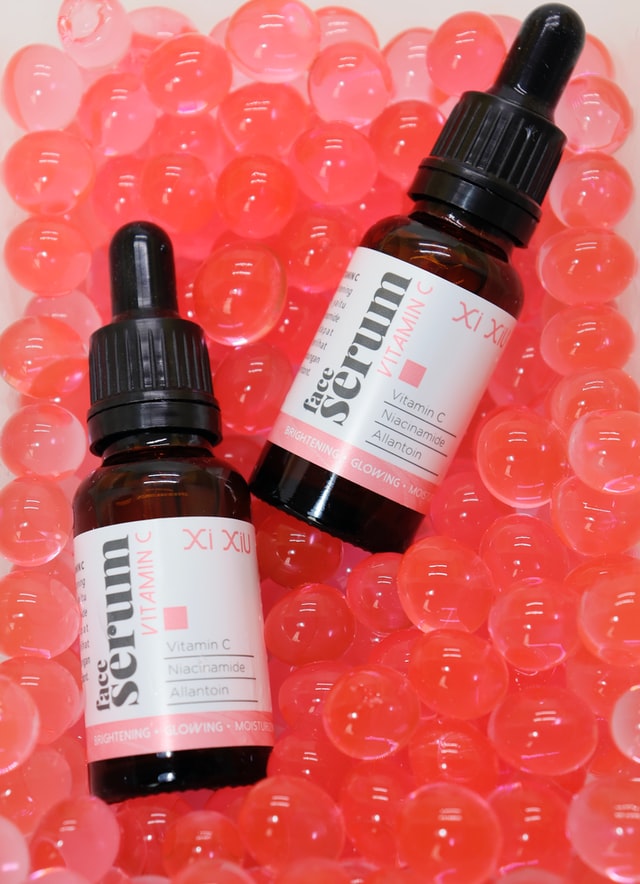
Not all serums are created equal. Neither are their active ingredients. If ingredients in different serums cancel each other out, there is no use in applying them in the first place.
DO mix these ingredients in serums:
Retinol + Hyaluronic acid
It is good to mix retinol with a hydrating ingredient like hyaluronic acid. Make sure to wear SPF since retinol makes your skin sensitive to sun rays. Layering serums like these will give the skin double benefits. (anti-aging + hydration)
AHA/BHA + Hyaluronic acid/Ceramides
It is a must to apply moisturizing agents after using AHAs or BHAs, as they can dry out the skin. Petrolatum (vaseline) and glycerin are also used in moisturizers which are safe to mix with acids.
Niacinamide + Almost all ingredients
Niacinamide, aka Vitamin B3, has anti-inflammatory properties and that’s why it doesn’t have any adverse reactions (well, almost never). It is usually layered with a moisturizer to lock its effect on the skin.
DON’T mix these ingredients in serums:
Retinol + Vitamin C
Generally, it is not recommended to use Retinol and Vitamin C. This is due to the fact that they have different pH levels and they cancel each other out.
L-ascorbic acid, the active form of Vitamin C operates at pH 3.5, while retinol works within the range of pH 5.0-6.0.
AHA/BHA + Retinol
Using AHA or BHA types with retinol can be extremely irritating for the skin, especially if you have sensitive skin. It is important to consider the skin drying factor when layering serums on skin.
Don’t layer serums that can dry the skin too much.
Retinol + Benzoyl Peroxide
This combination is a big no-no! Even though Benzoyl Peroxide is an ingredient many swear by when it comes to acne treatment, it can be very drying on the skin. That’s why you should NEVER pair it with another drying agent like retinol. Benzoyl peroxide should be layered with hydrating agents, like moisturizers.
Retinol + Retinol
I feel like this one speaks for itself. Layering retinol with retinol will only irritate your skin. A good retinol serum doesn’t need to be layered with another retinol serum because it is already effective the first time you use it. So, it is like an irrelevant thing to do. Avoid layering serums that have retinol as an active ingredient AT ALL COSTS.
Check out our blog post: The List of Top 8 Skincare Ingredients Not To Mix
The bottom line
Layering serums on skin certainly stands at the heart of a good skincare routine. Before you go on a shopping spree for serums, remember that quantity doesn’t equal quality.
Choose serums that specifically target your skin concerns. Hope you follow the instruction we put out above when layering serums. Give serums time to be absorbed by your skin, don’t mix the wrong ingredients, and be CONSISTENT.
And there you have it, the perfect guide on how to layer serums on skin every time.

